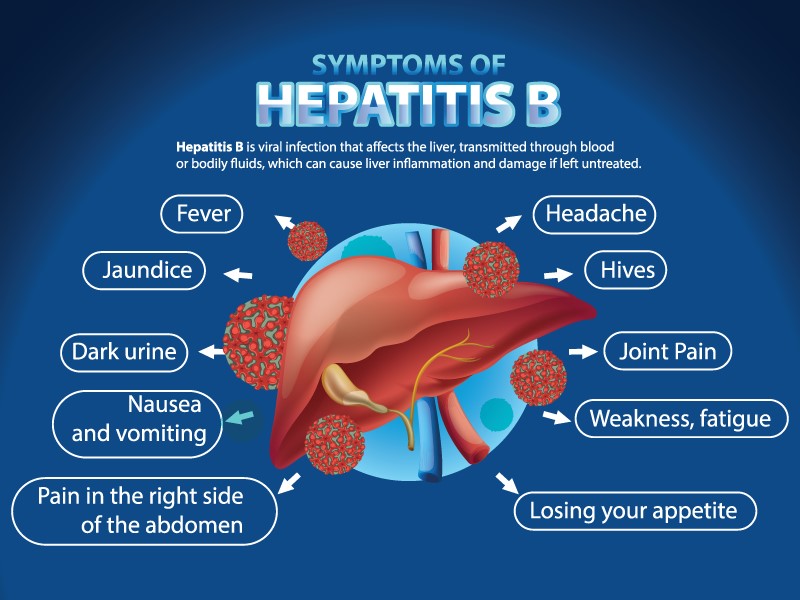Proactive Measures Needed to Curb Dengue in Karnataka
As Karnataka grapples with the rising threat of dengue fever, experts and officials are emphasizing the need for proactive measures to control and prevent the spread of the disease. Dengue, a mosquito-borne illness that can lead to severe health complications, has become a significant public health concern in the state. In light of recent outbreaks and the ongoing risk, it is crucial for individuals, communities, and government authorities to work together in tackling this challenge.
Understanding Dengue Fever
Dengue fever is caused by the dengue virus, which is transmitted to humans through the bite of infected Aedes mosquitoes, primarily Aedes aegypti. The symptoms of dengue can range from mild fever to severe flu-like symptoms, including high fever, severe headaches, pain behind the eyes, joint and muscle pain, rash, and mild bleeding. In severe cases, dengue can progress to dengue hemorrhagic fever (DHF) or dengue shock syndrome (DSS), which are potentially life-threatening.
Current Situation in Karnataka
Karnataka has experienced a rise in dengue cases in recent months, with several districts reporting outbreaks. The state’s humid climate and the prevalence of mosquito breeding sites have contributed to the surge in cases. According to recent health reports, there has been an increase in hospital admissions due to dengue-related complications, putting additional pressure on the healthcare system.
Importance of Proactive Measures
Proactive measures are essential for controlling and preventing dengue outbreaks. Addressing the root causes of mosquito breeding and implementing effective prevention strategies can significantly reduce the incidence of the disease. Here are some key steps that need to be taken:
1. Public Awareness Campaigns: Educating the public about dengue fever, its symptoms, and preventive measures is crucial. Awareness campaigns should focus on the importance of eliminating mosquito breeding sites, such as stagnant water in containers, and adopting protective measures like using mosquito repellents and wearing long-sleeved clothing.
2. Community Participation: Engaging communities in dengue prevention efforts can have a significant impact. Local residents should be encouraged to participate in cleanliness drives, where they can remove potential mosquito breeding sites around their homes and neighborhoods. Community-based initiatives can help in creating a collective effort to control the spread of dengue.
3. Regular Surveillance and Vector Control: Health authorities need to implement regular surveillance to monitor mosquito populations and detect potential outbreaks early. Vector control measures, including the use of insecticides and larvicides, should be conducted systematically to reduce mosquito breeding sites. This involves treating areas with stagnant water and ensuring proper waste management.
4. Strengthening Healthcare Infrastructure: Enhancing healthcare infrastructure to manage dengue cases effectively is crucial. Hospitals and clinics should be equipped with the necessary resources to diagnose and treat dengue patients promptly. Training healthcare professionals to recognize and manage dengue symptoms can improve patient outcomes and reduce mortality rates.
5. Collaboration Between Agencies: Effective dengue control requires coordination between various government agencies, including the health department, municipal authorities, and environmental agencies. Collaborative efforts can ensure a comprehensive approach to dengue prevention and response, including the implementation of preventive measures and the management of outbreaks.
6. Research and Development: Investing in research and development for dengue vaccines and treatments is essential for long-term control of the disease. Supporting research initiatives can lead to the development of effective vaccines and therapies, ultimately reducing the burden of dengue in the population.
Role of Individuals
Individuals also play a critical role in preventing dengue. Simple actions can make a big difference, such as:
- Eliminating Standing Water**: Regularly check and clean containers, such as flower pots, buckets, and old tires, where water can accumulate. Cover water storage containers to prevent mosquitoes from laying eggs.
- Using Mosquito Repellents**: Apply mosquito repellent on exposed skin and clothing, especially during peak mosquito activity times, such as early morning and late afternoon.
- Installing Screens**: Ensure that windows and doors have screens to prevent mosquitoes from entering homes. Use mosquito nets while sleeping if screens are not available.
Addressing the dengue fever threat in Karnataka requires a proactive and collaborative approach. By increasing public awareness, engaging communities, enhancing healthcare infrastructure, and implementing effective vector control measures, the state can significantly reduce the incidence of dengue and protect public health. As the monsoon season continues and mosquito breeding conditions persist, it is essential for everyone to stay vigilant and take preventive actions to curb the spread of this dangerous disease.



